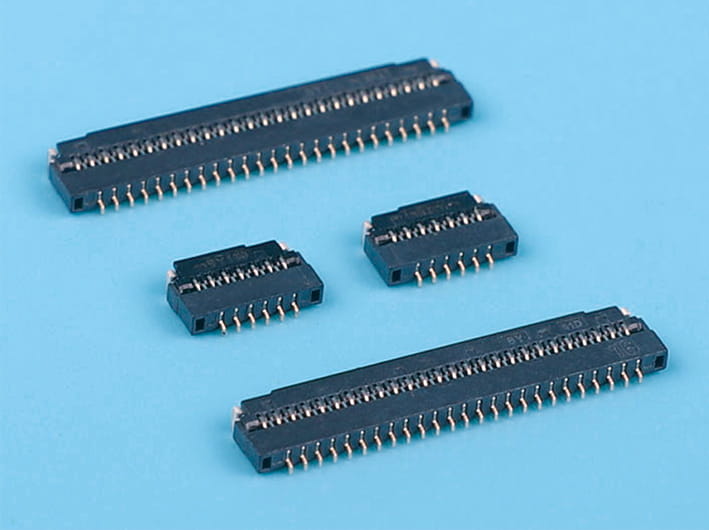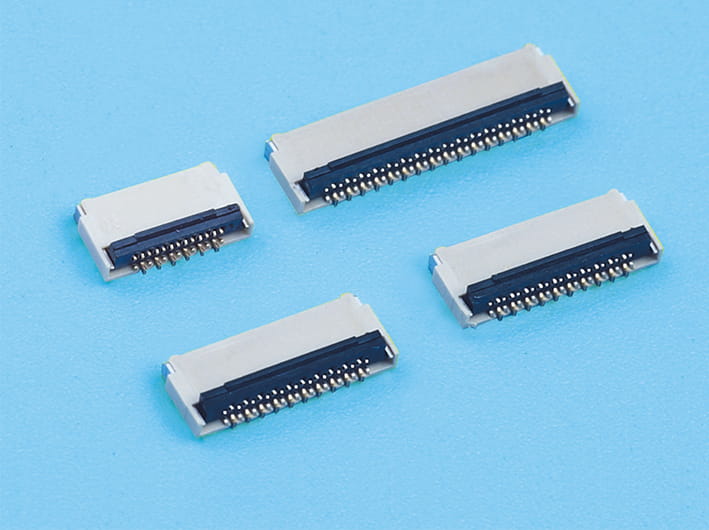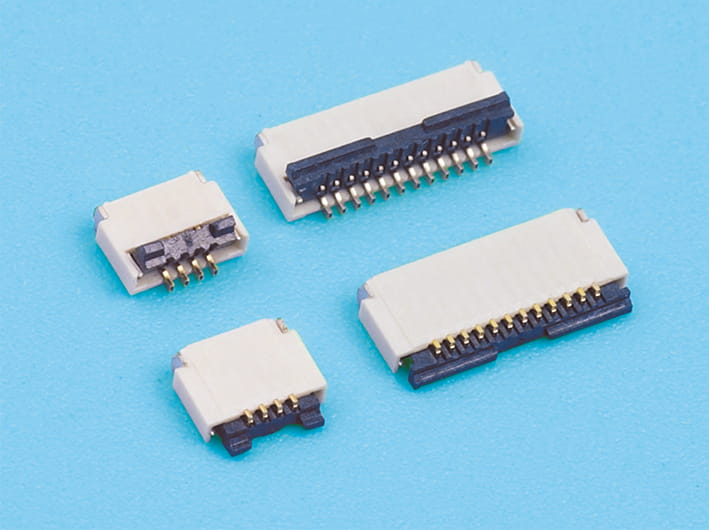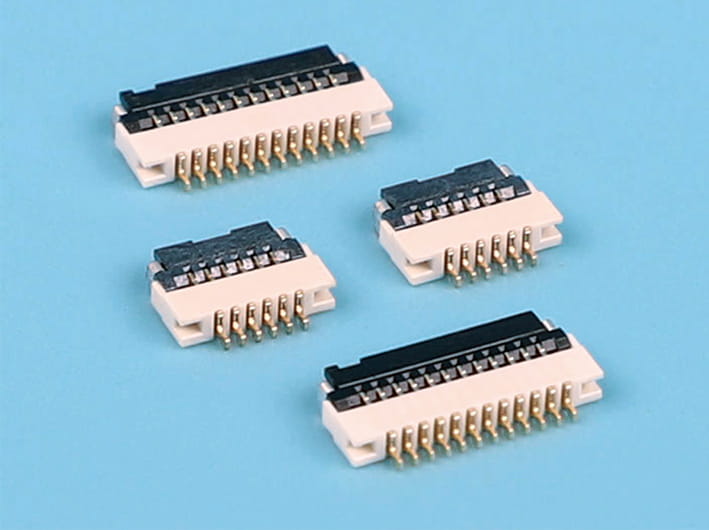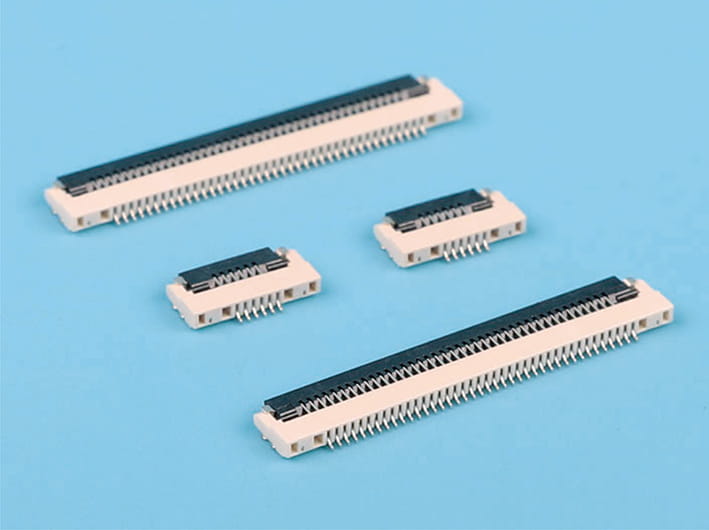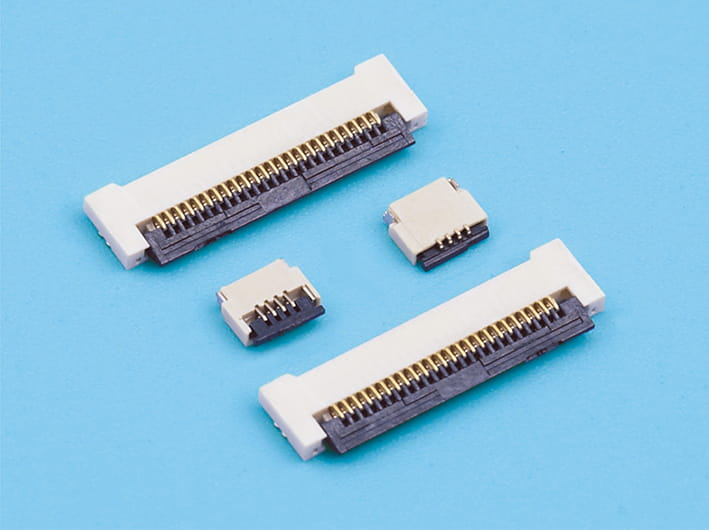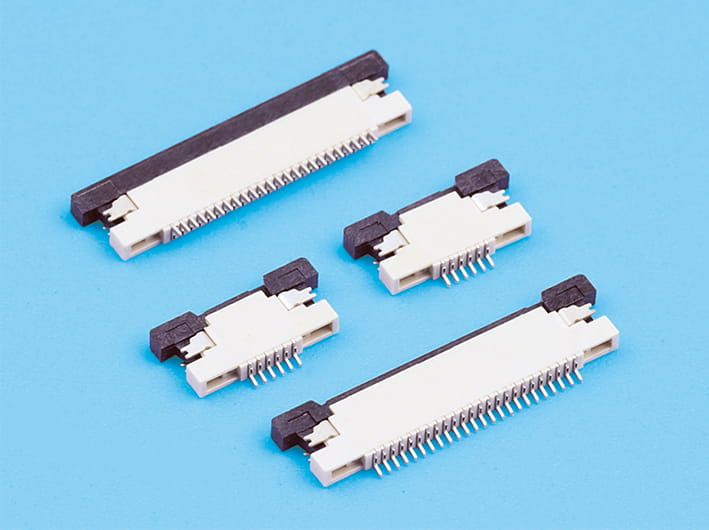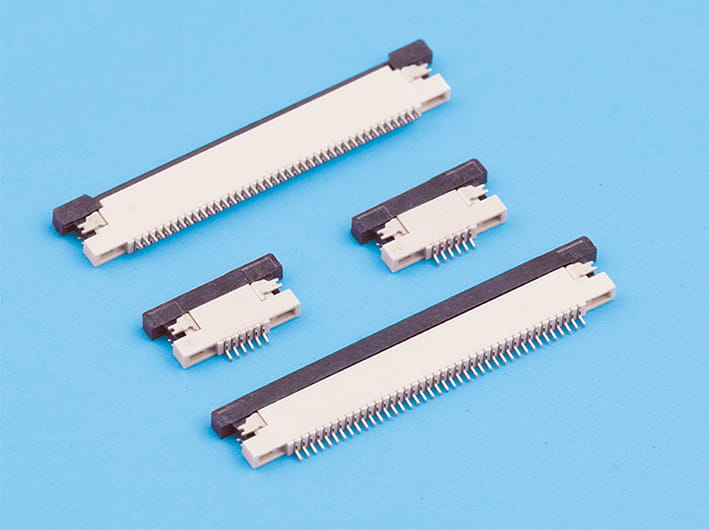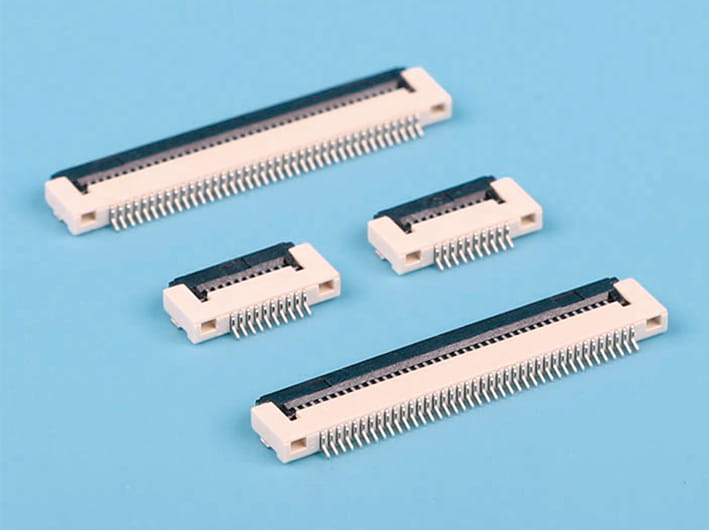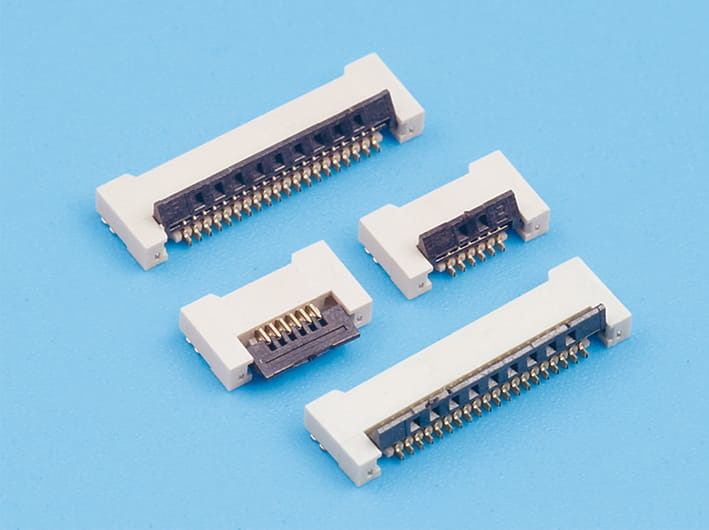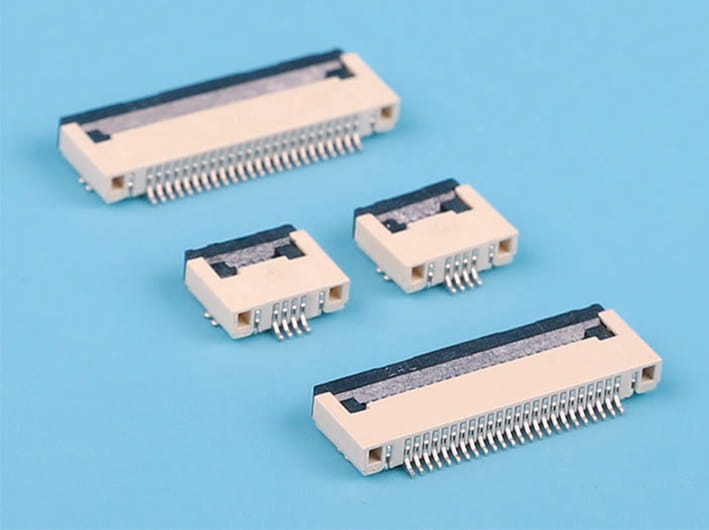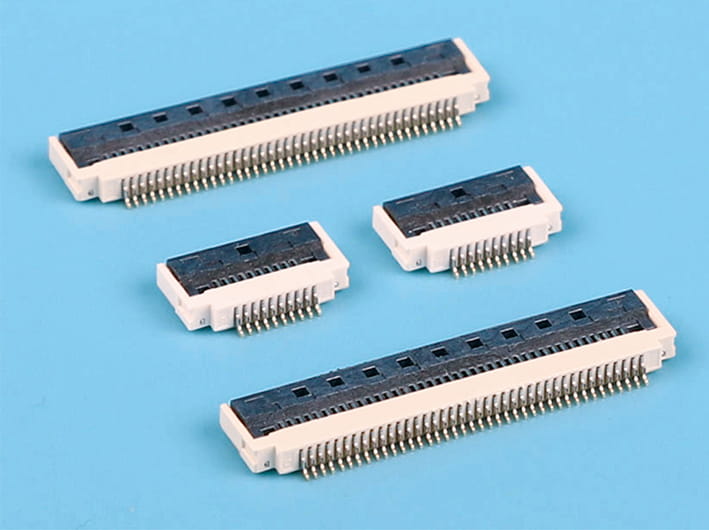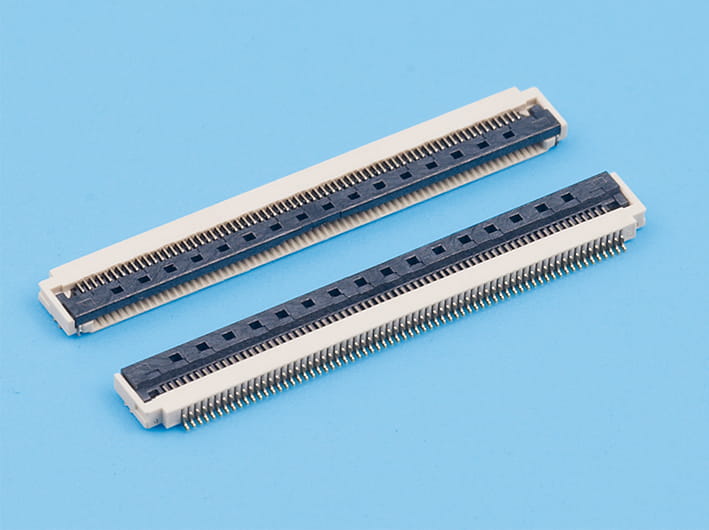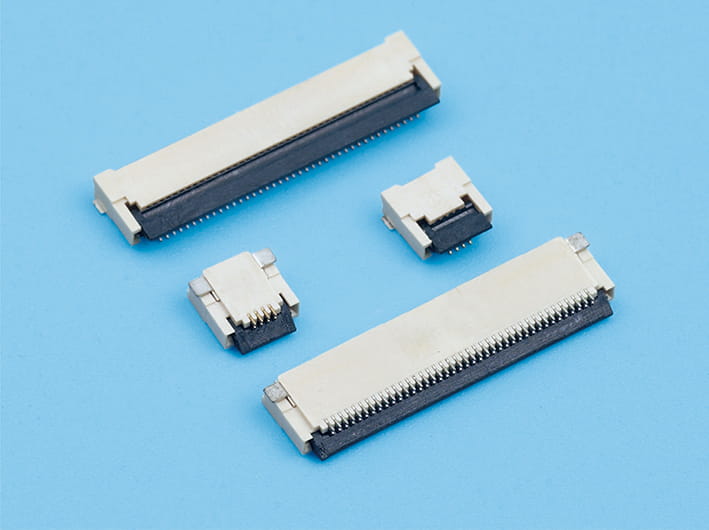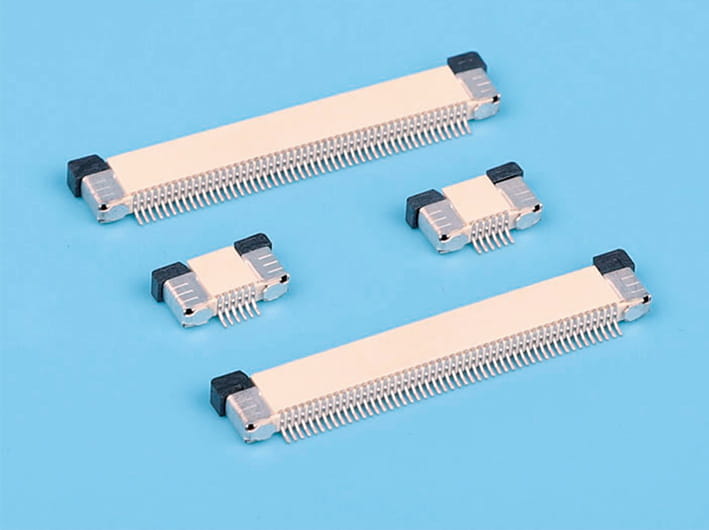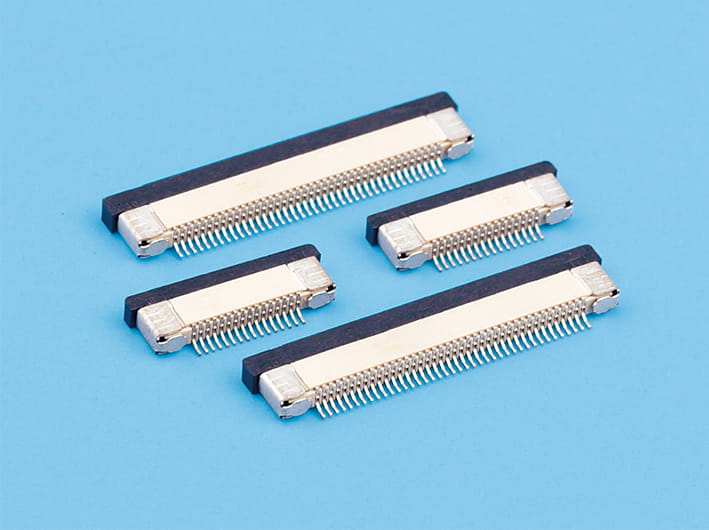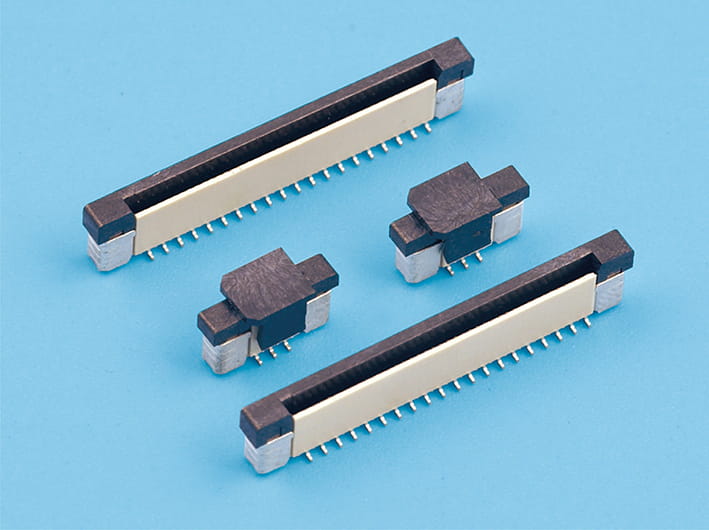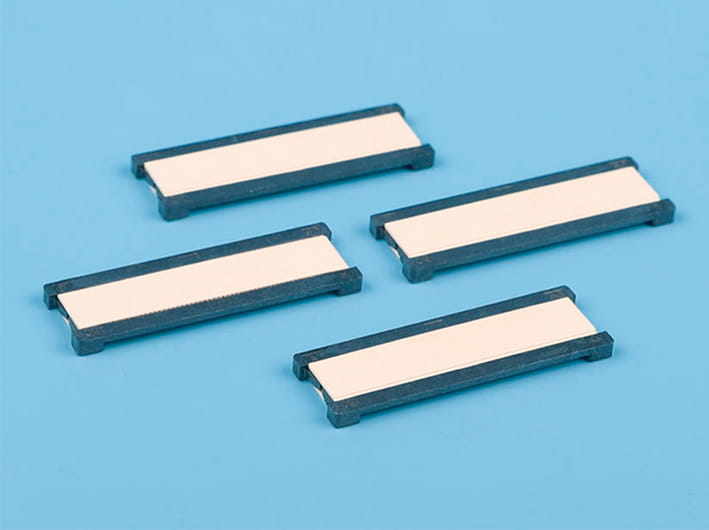Troubleshooting Common Issues with Wire Connectors for Electronics
Wire connectors are essential components in electronic systems, ensuring secure and efficient connections between wires and devices. However, even with high quality wire connectors, issues can arise due to improper installation, compatibility problems, or wear and tear over time. Understanding how to troubleshoot these common problems is crucial for maintaining the performance and safety of your electronic systems.
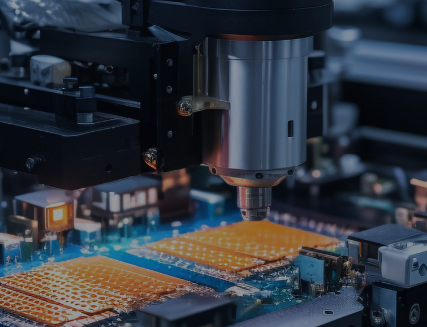
1. Loose Connections
One of common problems with wire connectors for electronics is loose connections. This can occur if the wires are not properly secured inside the connector or if the connector itself does not fit snugly into its counterpart. Loose connections may cause intermittent power loss, signal interruptions, or even overheating.
Solution:
- Inspect the connection to ensure the wire is fully inserted and clamped securely.
- Use high quality wire connectors that offer firm and reliable grips. Many premium connectors have built-in locking mechanisms to prevent loosening over time.
- Verify that the connector is compatible with the wire size and type to ensure a proper fit.
2. Corrosion or Oxidation
Corrosion is a common issue, particularly in environments with high humidity or exposure to chemicals. It can degrade the performance of wire connectors for electronics by increasing resistance and causing poor conductivity.
Solution:
- Regularly inspect connectors for signs of corrosion, such as discoloration or residue.
- Replace corroded connectors with high quality wire connectors made of corrosion-resistant materials like gold-plated or nickel-plated contacts.
- Use protective covers or enclosures to shield connectors from environmental exposure.
3. Overheating
Overheating can occur if the connector is not rated for the current passing through it or if there is high resistance due to poor contact. This issue is particularly critical for wire connectors for electronics used in power-intensive applications.
Solution:
- Ensure that the connectors are rated for the specific voltage and current requirements of the application.
- Opt for high quality wire connectors designed to handle higher loads without compromising performance.
- Inspect for damaged or frayed wires that could contribute to high resistance and replace them as needed.
4. Mismatched Connectors
Using connectors that are incompatible with the wire gauge or application can cause unreliable connections and system failures. Mismatched connectors may also be difficult to install or remove, cause frustration and potential damage.
Solution:
- Double-check the specifications of the wire connectors for electronics to ensure they match the wire gauge and application requirements.
- Use universal or adjustable connectors if your system has varying wire sizes.
- Choose high quality wire connectors from reputable manufacturers, as they typically offer a wider range of options for specific applications.
5. Difficulty in Installation
Improper installation of connectors can cause several issues, including loose connections, exposed wires, and even short circuits. Some connectors may require specialized tools or techniques for proper installation.
Solution:
- Follow the manufacturer's guidelines for installing wire connectors for electronics.
- Use tools designed for the specific connector type, such as crimping tools for crimp connectors or screwdrivers for terminal blocks.
- Choose high quality wire connectors that are easy to install and come with clear instructions.
6. Wear and Tear Over Time
Even wire connectors for electronics can degrade over time due to constant use, vibrations, or environmental factors. Signs of wear include cracks, weakened grips, or reduced conductivity.
Solution:
- Regularly inspect connectors for signs of damage and replace them as needed.
- Invest in high quality wire connectors that are durable and designed to withstand harsh conditions.
- Ensure proper strain relief to minimize stress on the connectors during use.
7. Poor Signal Quality
In data transmission applications, poor connections can cause signal degradation or loss. This is often caused by connectors that are not designed for high-frequency signals.
Solution:
- Use high quality wire connectors specifically designed for data and signal transmission.
- Ensure proper shielding to prevent interference from external sources.
- Check for loose or corroded connections and address them promptly.
By understanding these common problems and their solutions, you can ensure that your electronic systems remain efficient and reliable.



 English
English 中文简体
中文简体 Español
Español عربى
عربى